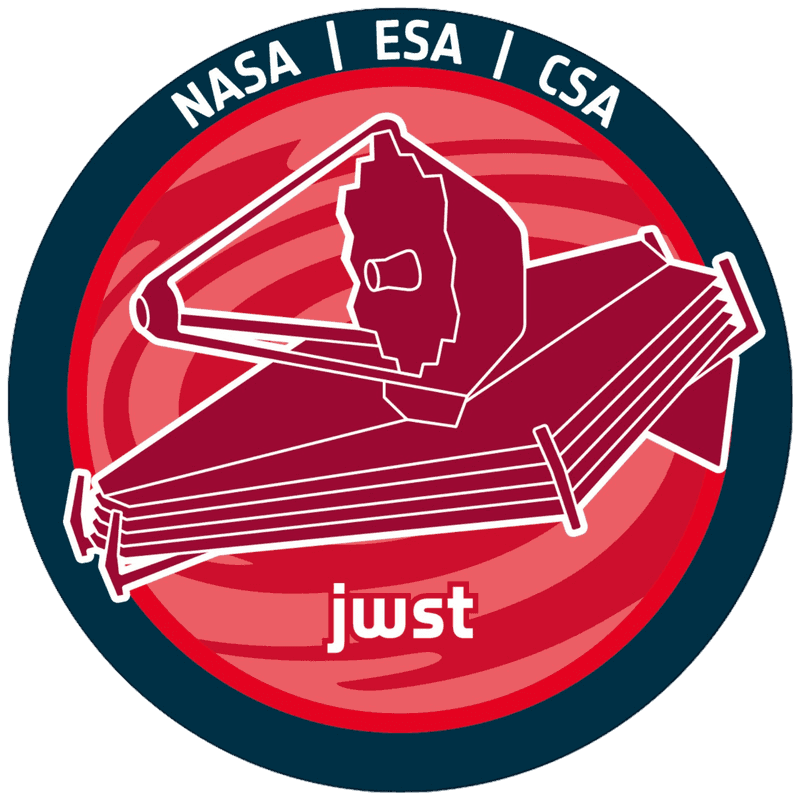Pan video: Butterfly Nebula NGC 6302 (Webb and ALMA image)
This image takes the viewer on a deep dive into the heart of the Butterfly Nebula, NGC 6302. The Butterfly Nebula, located about 3400 light-years away in the constellation Scorpius, is one of the best-studied planetary nebulae in our galaxy.
Planetary nebulae are among the most beautiful and most elusive creatures in the cosmic zoo. These nebulae form when stars with masses between about 0.8 and 8 times the mass of the Sun shed most of their mass at the end of their lives. The planetary nebula phase is fleeting, lasting only about 20 000 years.
At the centre of the Butterfly Nebula is the ancient core of a Sun-like star that energises the surrounding nebula and causes it to glow. This scorching central star is hidden from view at optical wavelengths, but Webb’s infrared capabilities have revealed the star and its surroundings in great detail.
This image, which combines infrared data from the NASA/ESA/CSA James Webb Space Telescope with submillimetre observations from the Atacama Large Millimetre/submillimetre Array (ALMA), shows the doughnut-shaped torus and interconnected bubbles of dusty gas that surround the nebula’s central star. The torus is oriented vertically and nearly edge-on from our perspective, and it intersects with bubbles of gas enclosing the star. The bubbles appear bright red in this image, illuminated by the light from helium and neon gas. Outside the bubbles, jets traced by emission from ionised iron shoot off in opposite directions.
Credit:ESA/Webb, NASA & CSA, M. Matsuura, ALMA (ESO/NAOJ/NRAO), N. Hirano, M. Zamani (ESA/Webb), N. Bartmann (ESA/Webb)
Music: Stellardrone - Twilight
About the Video
| Id: | weic2517a | |
|---|---|---|
| Release date: | 27 August 2025, 10:00 | |
| Related releases: | weic2517 | |
| Duration: | 30 s | |
| Frame rate: | 25 fps | |

